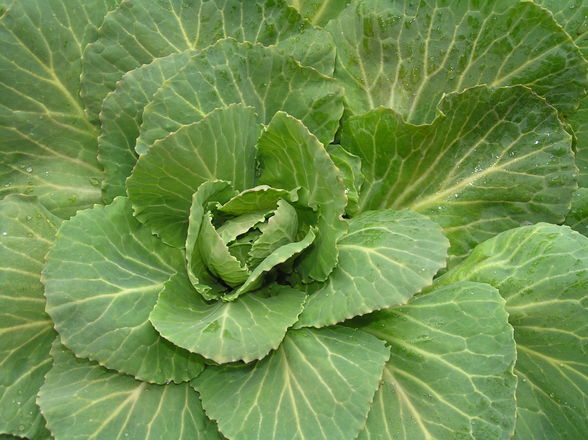Growing carrots in aquaponics combines the benefits of hydroponics and aquaculture, creating a symbiotic system where fish waste provides nutrients for the plants. Here’s a step-by-step guide on how to grow carrots in aquaponics:
- Set up the Aquaponic System:
- Establish a suitable aquaponic system, including a fish tank or pond, a grow bed for the plants, and a water recirculation system.
- Ensure the system has appropriate filtration and aeration to maintain water quality for the fish and plant health.
- Choose the Right Fish:
- Select fish species that thrive in aquaponic systems, such as tilapia, trout, or catfish. These fish provide the waste necessary for nutrient production.
- Consider the temperature and compatibility of the chosen fish species with the specific growing conditions.
- Planting and Growing Medium:
- Choose a carrot variety suitable for aquaponic cultivation. Consider shorter and rounder varieties that can grow well in the shallow grow beds.
- Fill the grow bed with a suitable growing medium like perlite, expanded clay pellets, or coconut coir.
- Create furrows or trenches in the growing medium to sow carrot seeds or transplant seedlings.
- Cycling the System:
- Establish beneficial bacteria in the aquaponic system to convert fish waste into plant-available nutrients. This process is known as cycling the system.
- Monitor water parameters, including ammonia, nitrite, and nitrate levels, to ensure a stable and balanced environment for the fish and plants.
- Water and Nutrient Management:
- Monitor the water quality in the aquaponic system, including pH, ammonia, nitrite, and nitrate levels.
- Carrots require consistent moisture. Ensure that the growing medium stays moist, but not waterlogged, to prevent rotting of the carrot roots.
- The fish waste provides nutrients for the carrots, but occasional supplementation with aquaponic-friendly fertilizers may be necessary to maintain optimal plant growth.
- Lighting and Environmental Conditions:
- Provide adequate lighting for the carrot plants. Natural sunlight or artificial grow lights with the appropriate spectrum and intensity can support plant growth.
- Maintain suitable environmental conditions for both the fish and plants, including temperature, humidity, and air circulation.
- Pest and Disease Management:
- Monitor the plants for signs of pests or diseases, and take appropriate measures to control any issues. Implement organic pest control methods if needed.
- Harvesting:
- Carrots are typically ready for harvest 60-80 days after planting, depending on the variety and desired size.
- Gently pull the carrots out of the growing medium, taking care not to damage the roots.
- Harvest when the carrots have reached the desired size and color.
Growing carrots in aquaponics provides a sustainable and efficient way to cultivate this root vegetable while utilizing fish waste as a nutrient source. By following these steps and adjusting the parameters based on your specific aquaponic setup, you can successfully grow carrots and enjoy their harvest within the aquaponic system.



